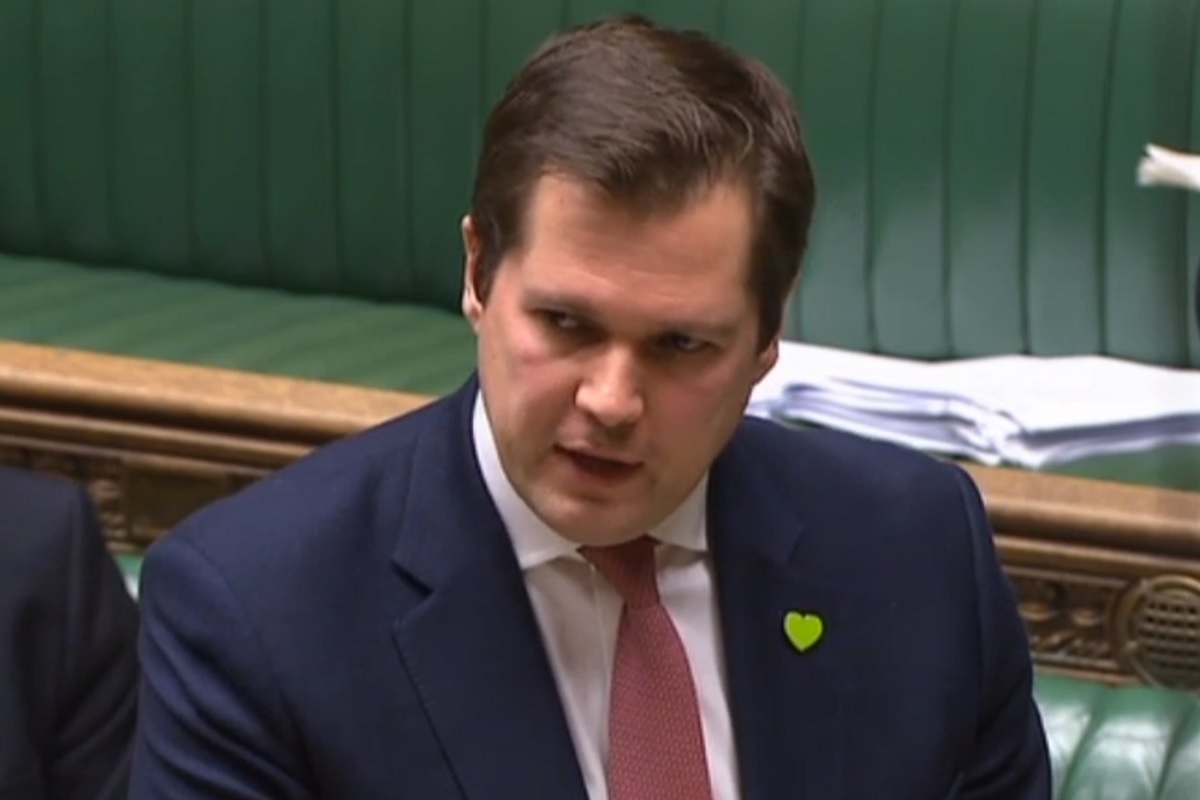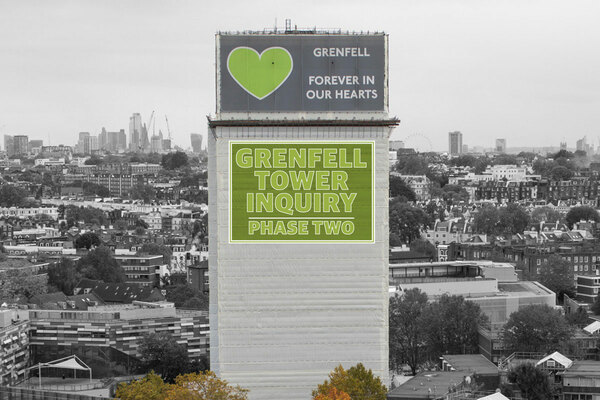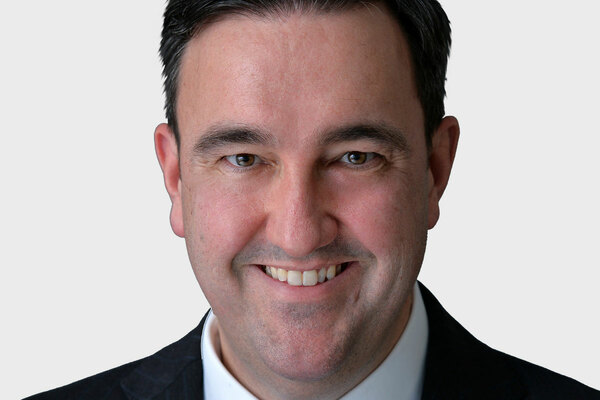You are viewing 1 of your 1 free articles
Sprinklers and combustibles thresholds to be cut to 11 metres, Jenrick reveals
Housing secretary Robert Jenrick has revealed that the height at which sprinklers are required and combustible materials are banned in new residential buildings will likely be slashed to 11m.
In a speech to the House of Commons containing a flurry of fire safety announcements today, he said “there has not been enough focus amongst building owners on buildings below 18 metres” and that “more action is needed to review these risks”.
Updated government advice published today states that aluminium composite material (ACM) cladding with an unmodified polyethylene core – the type installed on Grenfell Tower – should not be used on buildings of any height.
Mr Jenrick also announced that work to establish a new building safety regulator will begin “immediately”, and that the body will sit within the Health and Safety Executive and Dame Judith Hackitt will oversee the transition to the new regime.
The regulator will be set up in shadow form “within weeks” ahead of necessary legislation coming forward, he said. The government will recruit the first national chief inspector of buildings.
In September, ministers published a consultation proposing reducing the sprinkler height threshold for new buildings from the current 30m requirement to 18m – but Mr Jenrick said he is “minded” to go further to 11m, and detailed proposals are due in February.
The consultation document estimated that an 11m trigger height would mean 15,940 new buildings would be fitted with sprinklers over 10 years at an annual cost of around £164m.
Ministers have today published a consultation proposing extending the 2018 ban on combustible materials in the external walls of new buildings from 18m to 11m.
Summary of announcements:
- Health and Safety Executive to set up new building safety regulator in weeks. Dame Judith Hackitt will chair the board to oversee transition
- Consolidate all government advice notes into one clear document outlining what building owners must do to make buildings safe
- Consultation launched to lower combustible ban threshold from 18m to 11m
- Proposals to lower the height threshold for sprinklers from 18m to 11m
- Construction expert will be appointed to review remediation timescales and identify how pace of private sector remediation can be sped up
- Look at options to mitigate costs of remediation for individuals through alternative financing routes
The government has also published a call for evidence seeking views on changing how the risk posed by cladding systems on existing buildings is assessed, with experts being commissioned to develop a new risk matrix reducing the focus on height alone.
“For many years we have relied on crude height limits with binary consequences and it’s clear to me that this approach to assessing risk does not reflect the complexity of the challenge at hand,” Mr Jenrick said.
And he told MPs that remediation of dangerous ACM cladding was “still far too slow… particularly when funding is now being provided by the taxpayer”.
Owners of affected buildings where work has not started will be named next month, Mr Jenrick said, while an independent expert will be appointed to examine how remediation in the private sector can be sped up.
He added that he is working with Treasury to consider options to support leaseholders facing cladding bills and will announce more details “in due course”.
A fire safety bill implementing recommendations from phase one of the Grenfell Tower Inquiry will come forward “very swiftly”, he said, while the government intends to publish a larger building safety bill before the summer recess.













